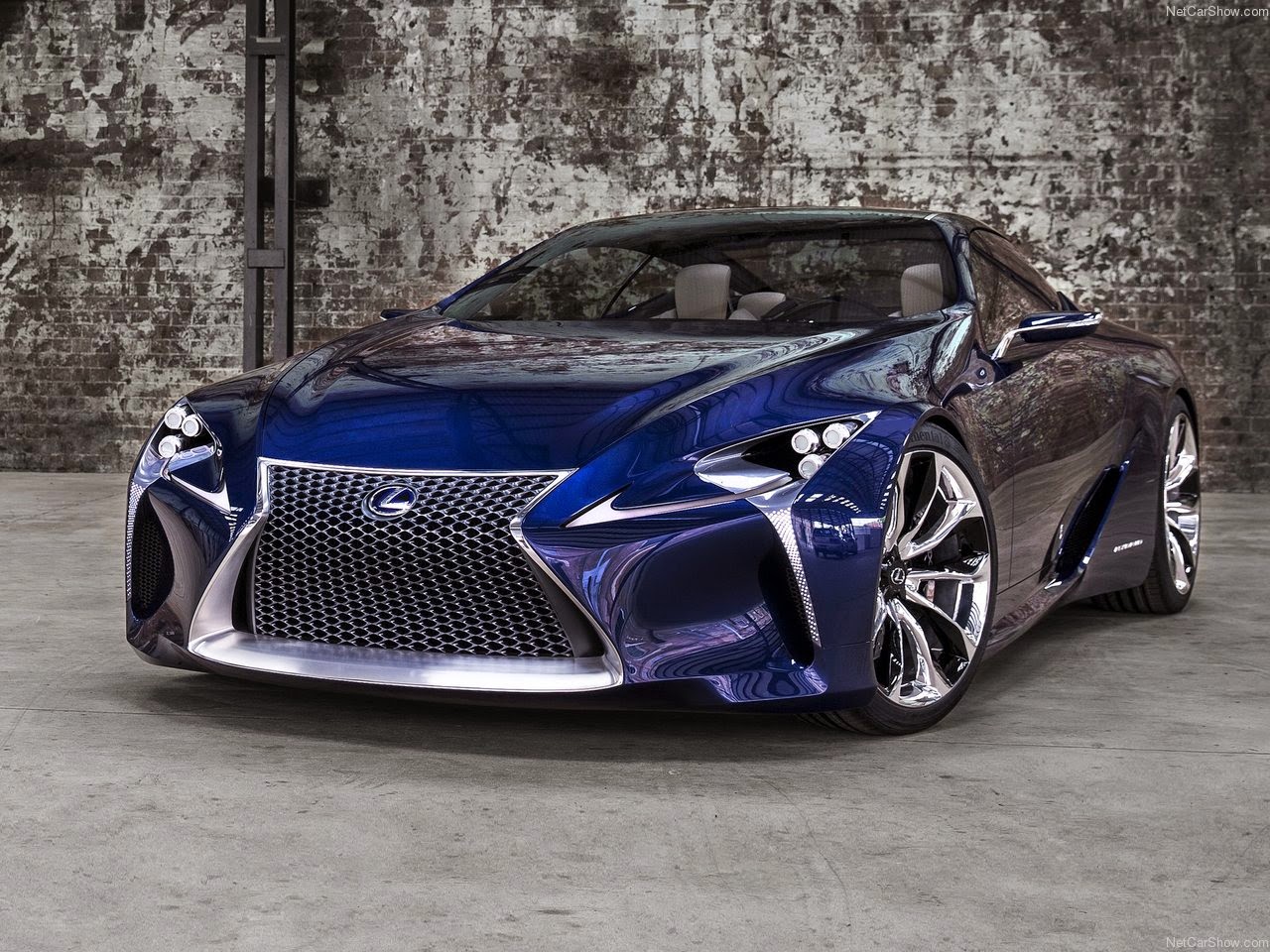1. Never use a metaphor, simile, or other figure of speech which you are used to seeing in print.
For designers, that could mean never using a theme from a model already in production, but it is also a warning against over-familiarity.
2. Never use a long word where a short one will do.
2. Never use a long word where a short one will do.
This is a matter of avoiding complication. Keep it simple, stupid.
3. If it is possible to cut a word out, always cut it out.
3. If it is possible to cut a word out, always cut it out.
Lines on a design to are often added for drama. Get rid of as many as possible. In a recent interview with Car Design News, M-B Design Director Gorden Wagener said, “If you like a line, get rid of it. If you still like it, get rid of another one.” The Mercedes-AMG GT is a fine example of the application of this rule.
4. Never use the passive where you can use the active.
4. Never use the passive where you can use the active.
The message of the design needs to be visible at the first read. This is most effectively communicated by proportions. For example, the message of power and virility is immediately evident in the Dodge Viper, whereas a Mitsubishi Lancer Evolution, while having similar characteristics, relies on overblown details.
5. Never use a foreign phrase, a scientific word, or a jargon word if you can think of an everyday English equivalent.
5. Never use a foreign phrase, a scientific word, or a jargon word if you can think of an everyday English equivalent.
Every brand has its own style that designers call a language. In consumer product design, Apple has long led the way with a minimalist aesthetic. Samsung inter alia was found guilty of copying it. Always speak the tongue of your brand.
6. Break any of these rules sooner than say something outright barbarous.
6. Break any of these rules sooner than say something outright barbarous.
Beauty, or attractiveness (not necessarily the same thing), is the ultimate objective. The R107 Mercedes SL has a Pagoda-inspired trunk deck (Rule #5 broken), and an abundance of horizontal lines (Rule #3 gone). Yet the message of glamour is strong enough (Rule #4) that those aggrievances become complicit to character, proving that while rules make useful guides, nothing beats judgment. Or, in the case of the SL, chrome.
These points do little to reflect the fact that Orwell wrote alone, whereas designers operate in a company of thousands. But nurturing a little independence even in such an organisation can help provide a sense of perspective, which allows us to question whether what we are doing is the Right Thing. Orwell goes on to comment that 'the enemy of clear writing is insincerity'. So what makes good design? Extrapolating his statement, I think the answer might be sincerity.



































